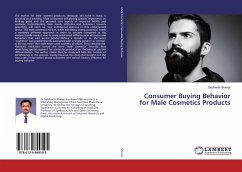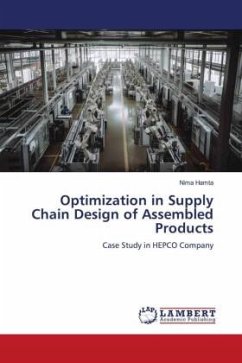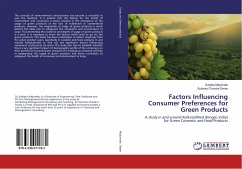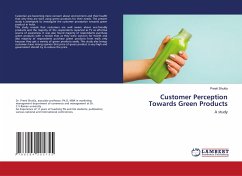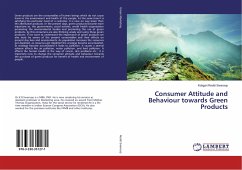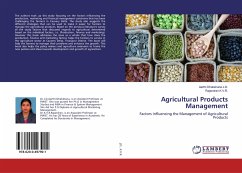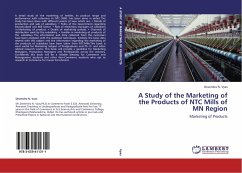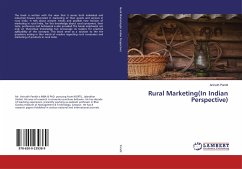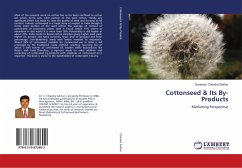
Cottonseed & Its By-Products
Marketing Perspective
Versandkostenfrei!
Versandfertig in 6-10 Tagen
58,99 €
inkl. MwSt.

PAYBACK Punkte
29 °P sammeln!
Most of the research work on cotton has so far been confined to cotton lint which forms only 1/3rd portion of the seed cotton. Hardly any significant effort has made to raise the quality of seed and increase its oil content. Indeed, cottonseed is a tragic story of neglect in India though it forms 2/3rd portion of the seed cotton. The average oil content of cottonseed at processing plants level is found below 15% where as elsewhere in the world it is more than 20%. Potentiality is still higher at about 25%. India needs to breed cotton varieties giving higher seed yield, higher oil, protein and ...
Most of the research work on cotton has so far been confined to cotton lint which forms only 1/3rd portion of the seed cotton. Hardly any significant effort has made to raise the quality of seed and increase its oil content. Indeed, cottonseed is a tragic story of neglect in India though it forms 2/3rd portion of the seed cotton. The average oil content of cottonseed at processing plants level is found below 15% where as elsewhere in the world it is more than 20%. Potentiality is still higher at about 25%. India needs to breed cotton varieties giving higher seed yield, higher oil, protein and lysine contents, lesser level of gossypol and linter percentage, non-shattering seeds with better resistant to mycotoxin. About 95% of cottonseed available for commercial use in India is still processed by the traditional crude method, resulting recurring loss of about 3 lakh tonnes of cottonseed oil, besides other by-products like linters and hulls. Therefore, a rigorous study on value addition and marketing of cottonseed by-products with emphasis on cottonseed oil is imparted. This book is useful to the stakeholders of cottonseed industry.



